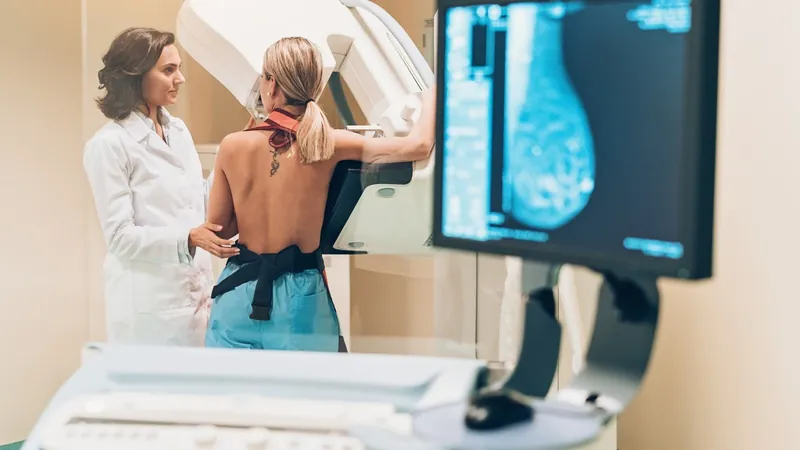
Revolutionary Kidney 'Assembloids' Offer Hope for Disease Modeling and Synthetic Organs
2025-09-17
Author: Sarah
A Breakthrough in Kidney Research
Scientists at the Keck School of Medicine, University of Southern California (USC), have achieved a groundbreaking feat in kidney research—developing advanced lab-grown kidney structures known as "assembloids." These innovative structures integrate the key features of both nephrons and collecting ducts, providing a more mature model for studying complex kidney diseases.
Unveiling the Assembloids
The team's findings, detailed in the prestigious journal Cell Stem Cell, highlight the significant potential of assembloids as tools for accurately modeling kidney diseases. Lead researcher Dr. Zhongwei Li stated that these developments play a crucial role in the goal of creating functional synthetic kidneys for over 100,000 patients in the U.S. awaiting transplants.
Growing Kidney Structures in Real Time
A pivotal aspect of the researchers' success was optimizing the growth conditions for these assembloids. After being transplanted into living mice, the assembloids exhibited remarkable growth, developing connective tissues and even blood vessels. Astonishingly, both human and mouse assembloids demonstrated kidney-like functions, including filtration, protein absorption, hormone secretion, and initial urine production.
Reaching New Levels of Maturity
One of the key distinctions of this research is the maturity achieved by the assembloids. While prior organoids only reached an embryonic stage, the mouse assembloids matured to resemble the kidneys of newborn mice. Human assembloids also advanced beyond embryonic development, though their exact maturity level remains a mystery due to the lack of newborn human kidney samples.
Modeling Complex Kidney Diseases
In a further testament to their usefulness, the researchers demonstrated how the assembloids could model intricate human kidney diseases. By using edited cells that lacked a functional PKD2 gene—a critical factor in autosomal dominant polycystic kidney disease—the assembloids developed large cysts in the mice, mimicking the disease's inflammatory and fibrotic features that had previously proven difficult to replicate.
A Lifesaving Innovation on the Horizon
Dr. Li emphasized the transformative potential of their findings, stating, "Our study offers a powerful new approach for investigating a variety of complex kidney diseases and lays a strong foundation for engineering functional synthetic kidneys. This could become a lifesaving alternative for countless patients in need."
The Future of Kidney Health is Bright
With these revolutionary assembloids, the future of kidney health research looks promising. As scientists continue to refine these models, they pave the way for groundbreaking therapies and potentially life-saving synthetic organs.





 Brasil (PT)
Brasil (PT)
 Canada (EN)
Canada (EN)
 Chile (ES)
Chile (ES)
 Česko (CS)
Česko (CS)
 대한민국 (KO)
대한민국 (KO)
 España (ES)
España (ES)
 France (FR)
France (FR)
 Hong Kong (EN)
Hong Kong (EN)
 Italia (IT)
Italia (IT)
 日本 (JA)
日本 (JA)
 Magyarország (HU)
Magyarország (HU)
 Norge (NO)
Norge (NO)
 Polska (PL)
Polska (PL)
 Schweiz (DE)
Schweiz (DE)
 Singapore (EN)
Singapore (EN)
 Sverige (SV)
Sverige (SV)
 Suomi (FI)
Suomi (FI)
 Türkiye (TR)
Türkiye (TR)
 الإمارات العربية المتحدة (AR)
الإمارات العربية المتحدة (AR)